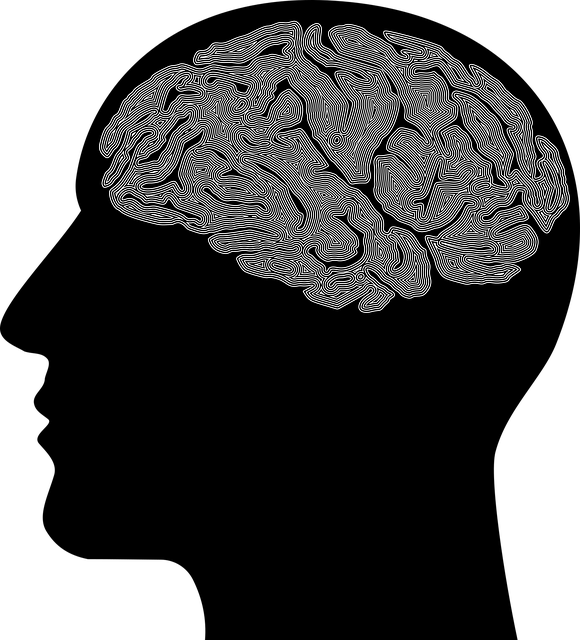Castle Rock Dialectical Behavioral Therapy (DBT) prioritizes risk assessment for safe, personalized mental health treatment. By combining cognitive-behavioral techniques with mindfulness practices, DBT equips individuals with coping skills to manage high-risk behaviors like self-harm and substance abuse. Through journaling exercises, communication strategies, and comprehensive assessments, therapists design tailored Mental Health Education Programs. This holistic approach emphasizes cultural sensitivity, evidence-based methods, and continuous improvement for effective harm minimization and emotional well-being.
In today’s complex healthcare landscape, risk assessment and harm minimization are paramount for ensuring patient safety. This article explores these critical aspects through a lens focused on Castle Rock Dialectical Behavioral Therapy (DBT) as a proven approach. We’ll delve into understanding risk assessment as a cornerstone of safe practice, the DBT method for harm minimization, identifying risks in clinical settings, developing effective strategies, and the successful implementation of DBT techniques with continuous improvement.
- Understanding Risk Assessment: A Cornerstone of Safe Practice
- The Castle Rock Dialectical Behavioral Therapy (DBT) Approach to Harm Minimization
- Identifying and Evaluating Risks in Clinical Settings
- Developing Effective Harm Minimization Strategies
- Implementation, Monitoring, and Continuous Improvement in DBT
Understanding Risk Assessment: A Cornerstone of Safe Practice

Understanding Risk assessment is paramount in creating a safe environment, especially within the context of Castle Rock Dialectical Behavioral Therapy (DBT). It involves a systematic examination of potential hazards and their likelihood of causing harm, allowing therapists to implement targeted strategies for harm minimization. This process serves as a cornerstone for evidence-based practice, ensuring client safety while fostering mental wellness.
By integrating Mental Wellness Journaling Exercise Guidance and Communication Strategies, DBT practitioners can effectively assess and mitigate risks. For instance, encouraging clients to document their thoughts and emotions through journaling provides valuable insights into potential triggers or distressing events. This information is crucial for designing tailored Mental Health Education Programs that empower individuals with coping mechanisms, enhancing their ability to navigate challenges and maintain stability.
The Castle Rock Dialectical Behavioral Therapy (DBT) Approach to Harm Minimization

The Castle Rock Dialectical Behavioral Therapy (DBT) approach to harm minimization offers a structured framework for individuals dealing with high-risk behaviors and emotional distress. DBT combines cognitive-behavioral therapy techniques with mindfulness practices, focusing on teaching clients effective coping skills to manage intense emotions. This therapeutic approach is particularly beneficial for those struggling with self-harm, substance abuse, or impulsive behaviors, as it equips them with the tools to navigate challenging situations without resorting to harmful actions.
By prioritizing cultural sensitivity and healthcare provider training in these areas, Castle Rock DBT ensures that individuals from diverse backgrounds receive tailored support. The program emphasizes the importance of understanding and addressing the unique stressors and experiences that contribute to an individual’s risk factors, promoting a holistic approach to harm minimization. This inclusive practice aligns with the growing emphasis on Healthcare Provider Cultural Competency Training, ensuring that mental healthcare remains accessible and effective for all.
Identifying and Evaluating Risks in Clinical Settings

In clinical settings like Castle Rock Dialectical Behavioral Therapy (DBT), identifying and evaluating risks is a paramount step in harm minimization planning. Therapists play a crucial role in scrutinizing various factors that could potentially pose hazards to patients’ well-being. This process involves thoroughly assessing not only the patient’s current mental state but also their environmental context, including social support systems, living conditions, and access to resources. By employing evidence-based methods, therapists can uncover hidden risks that may be lurking beneath the surface during initial assessments.
A comprehensive risk evaluation in Castle Rock DBT clinics often incorporates self-awareness exercises and self-care routine development as integral components of the Community Outreach Program Implementation. These strategies not only empower patients with tools to manage their mental health proactively but also equip them to identify early warning signs of potential harm. Through regular practice, individuals learn to navigate challenges more effectively, thereby reducing risks and enhancing overall resilience in a supportive therapy environment.
Developing Effective Harm Minimization Strategies

In developing effective harm minimization strategies, Castle Rock Dialectical Behavioral Therapy (DBT) offers a powerful framework for individuals seeking to navigate challenging situations with resilience and self-compassion. This therapeutic approach emphasizes emotional regulation as a cornerstone of its practice, equipping clients with essential tools to manage intense emotions and prevent impulsive behaviors that could lead to harm. Through specialized techniques, such as self-awareness exercises and mindfulness practices, DBT fosters an individual’s capacity for emotional healing processes, enabling them to respond to distressing circumstances in healthier ways.
By integrating these therapeutic interventions, individuals can better understand their triggers and develop adaptive coping strategies tailored to their unique needs. The ultimate goal is to empower clients with the skills necessary to navigate life’s curveballs while minimizing potential harm. This proactive approach not only supports individuals in managing current challenges but also equips them with lifelong tools for emotional well-being, fostering a more balanced and fulfilling life.
Implementation, Monitoring, and Continuous Improvement in DBT

The successful implementation of Dialectical Behavioral Therapy (DBT) at Castle Rock requires a structured approach focusing on monitoring and continuous improvement. Once established, DBT programs must be meticulously tracked to ensure they meet their intended goals of enhancing emotional regulation, distress tolerance, and interpersonal effectiveness, ultimately leading to a confidence-boosting experience for participants. Regular assessment tools and feedback mechanisms are vital to gauge the program’s effectiveness, identifying areas needing refinement.
Continuous improvement in Castle Rock DBT involves actively incorporating participant feedback, adapting strategies based on evolving needs, and integrating best practices from research and clinical expertise. By fostering an environment of open communication and ongoing evaluation, the program can effectively prevent burnout among therapists while empowering participants with robust stress management skills through workshops and organizational support.
Risk assessment and harm minimization planning are essential components of safe practice in healthcare. The Castle Rock Dialectical Behavioral Therapy (DBT) approach offers a structured framework for identifying and mitigating risks, as evidenced by its successful implementation in clinical settings. By understanding the foundational principles of risk assessment and utilizing evidence-based strategies like DBT, professionals can enhance patient safety and promote positive outcomes. Continuous improvement through monitoring and adaptation ensures that harm minimization planning remains dynamic and relevant, ultimately fostering a safer environment for all.














